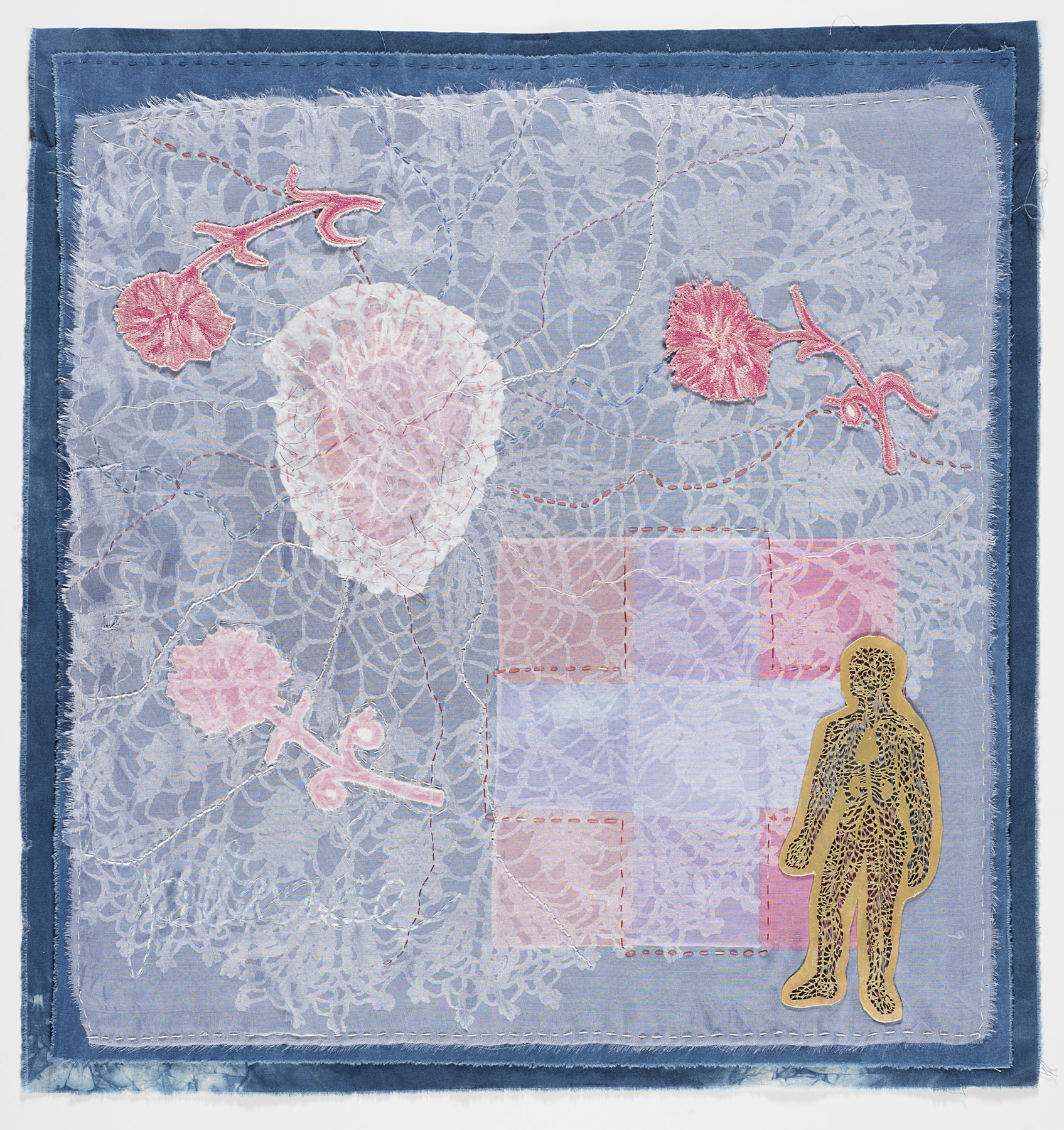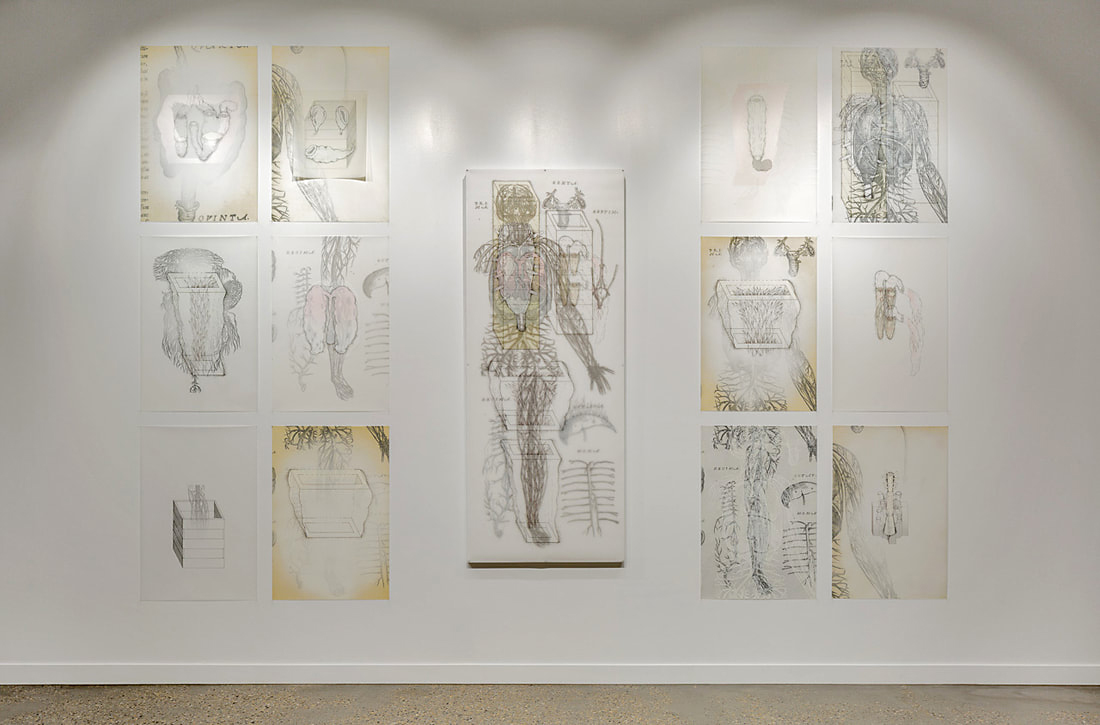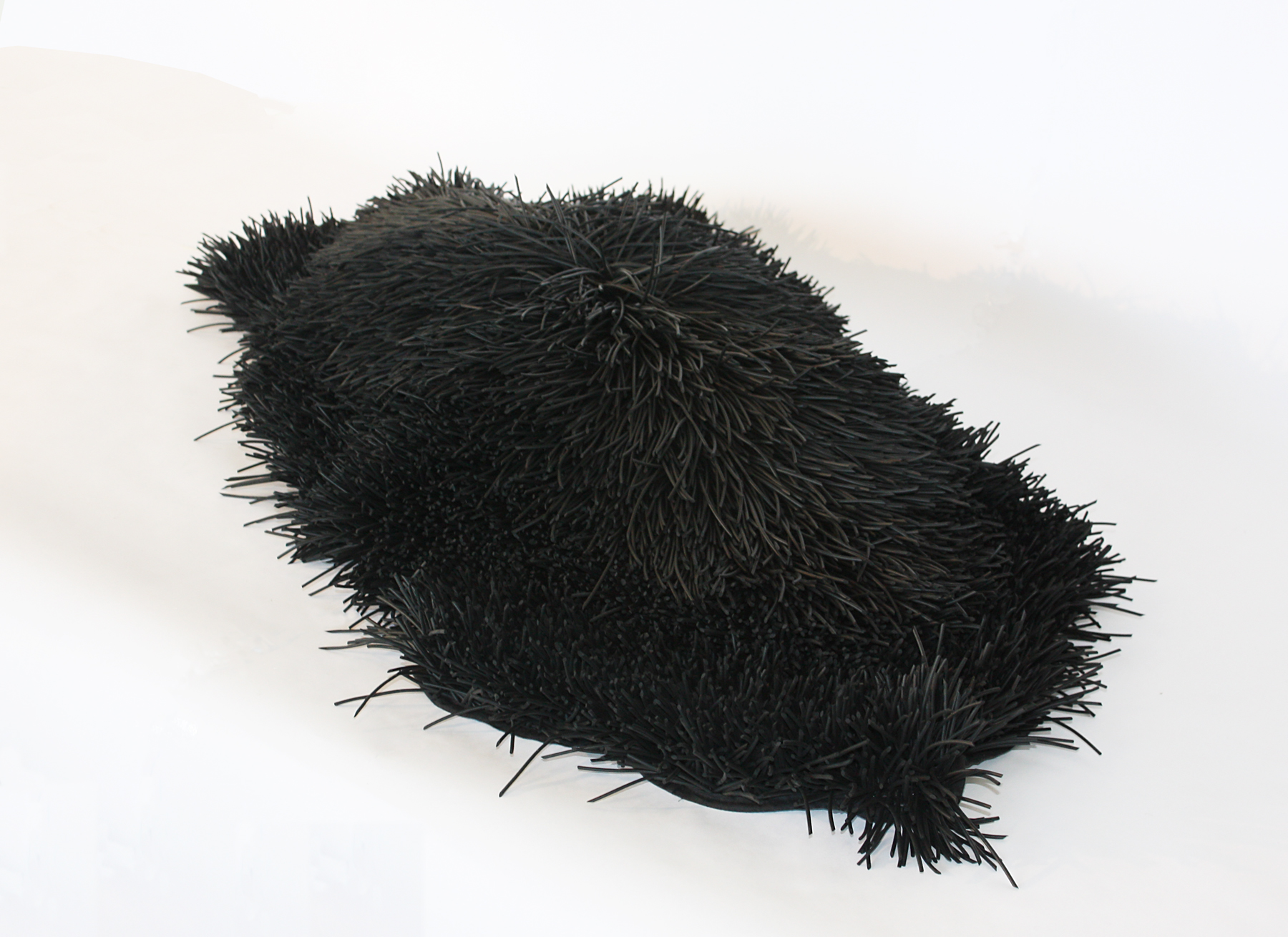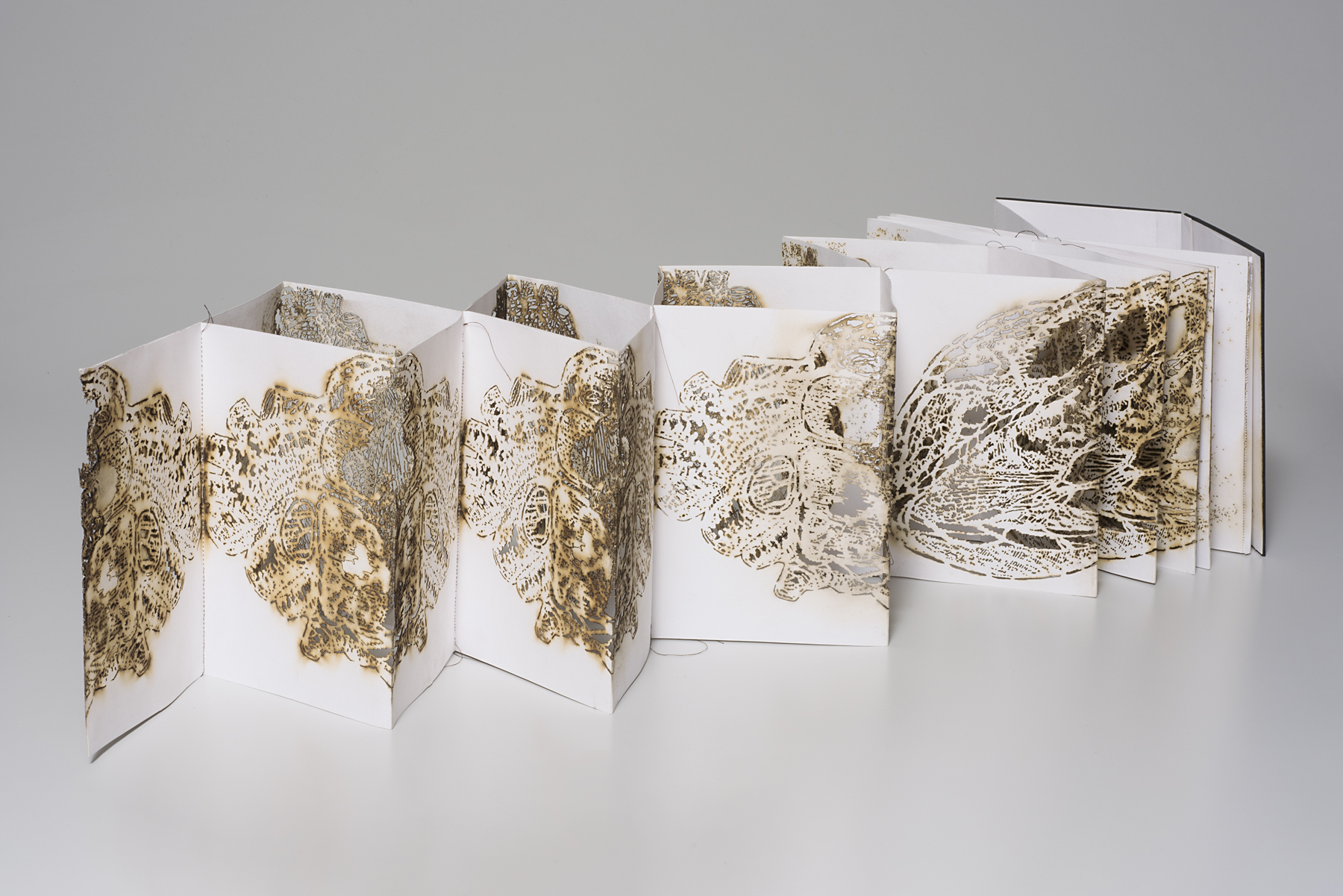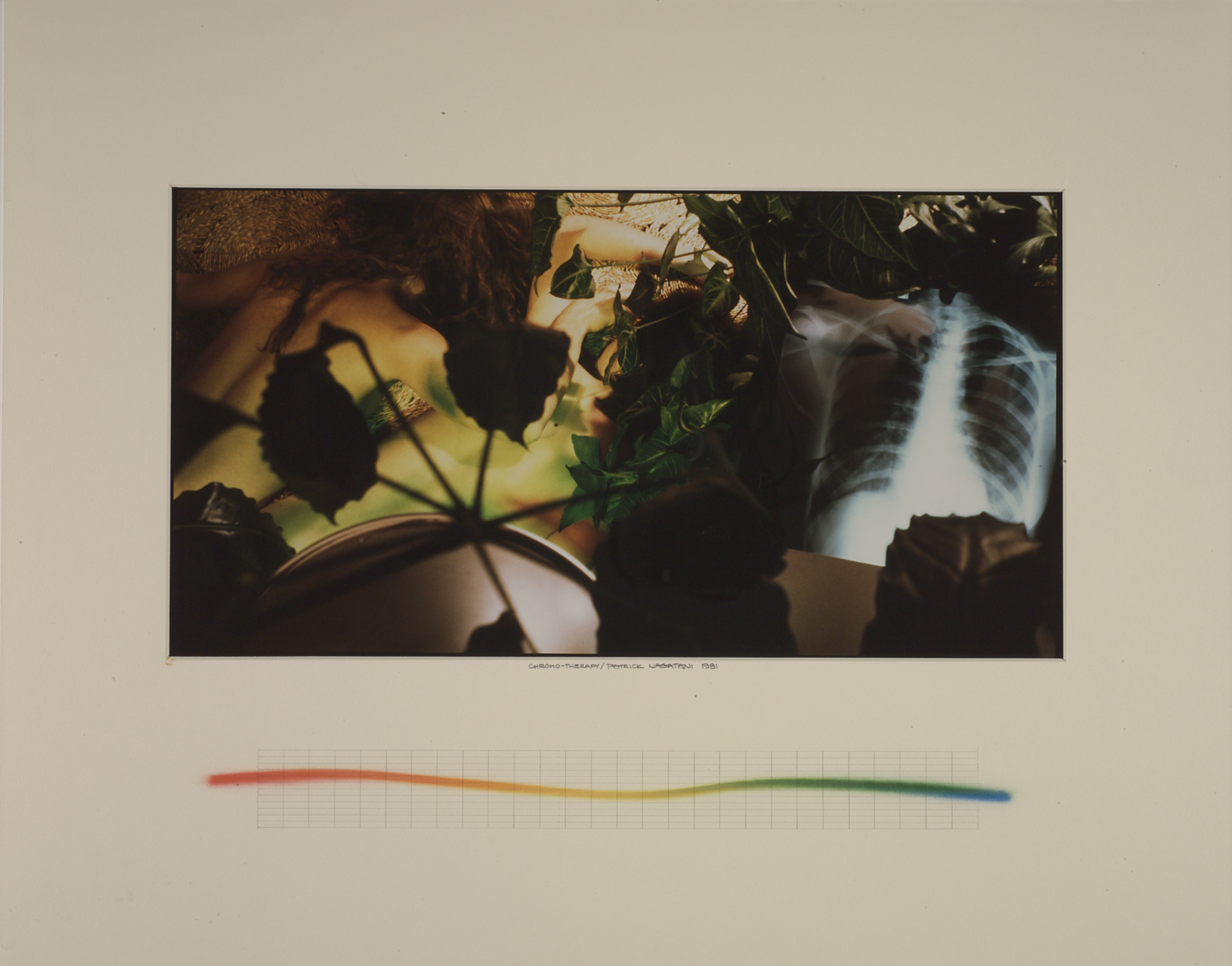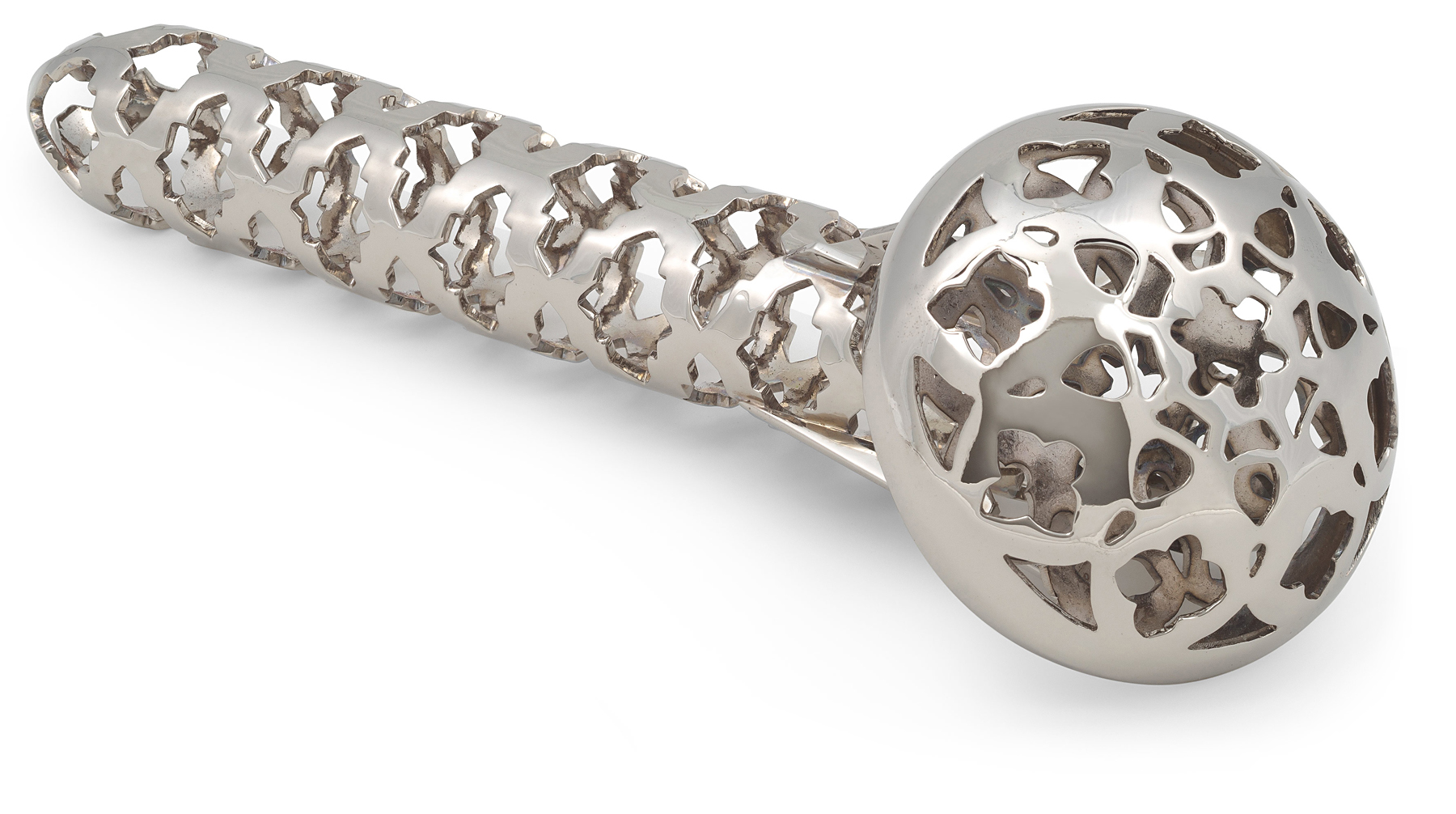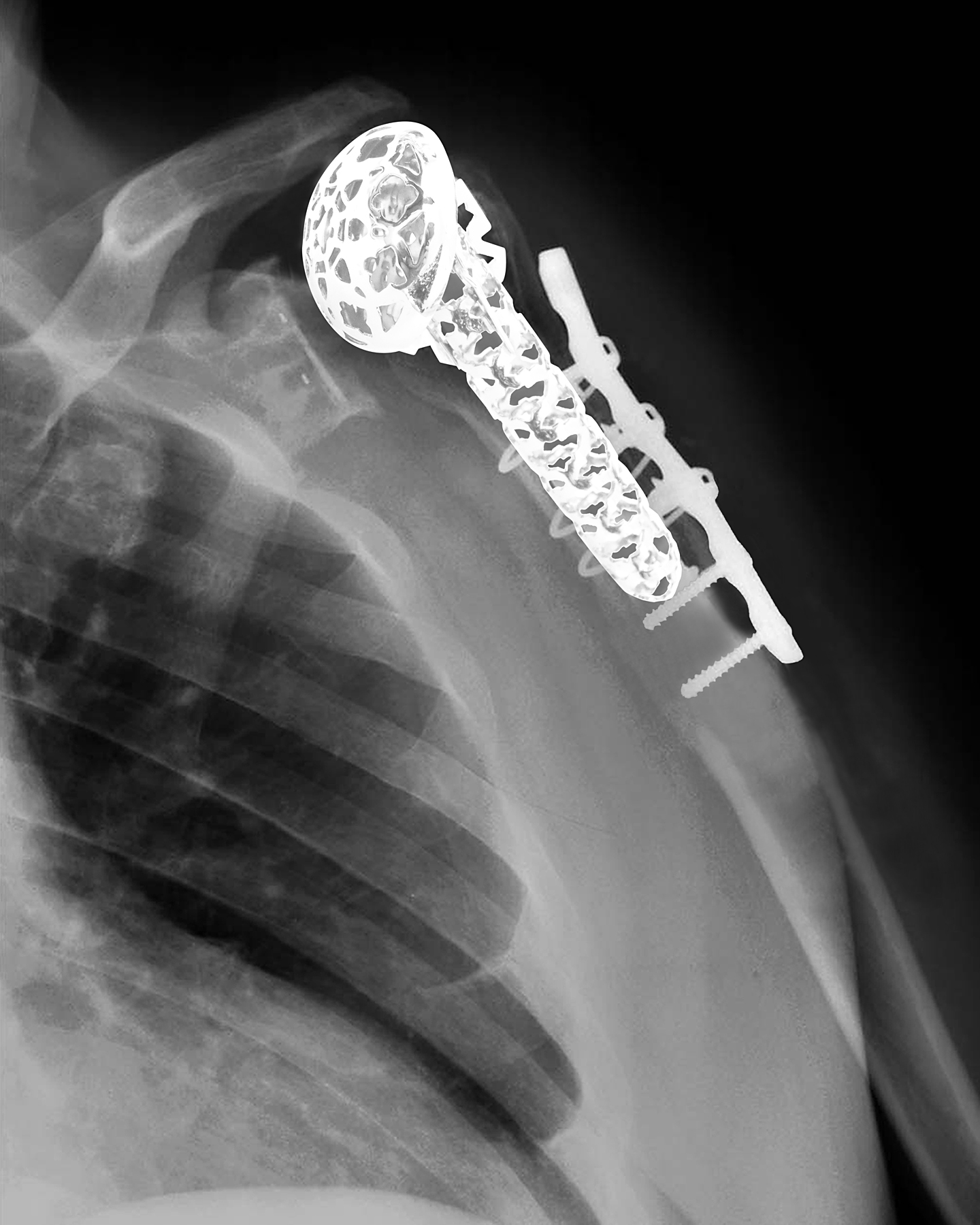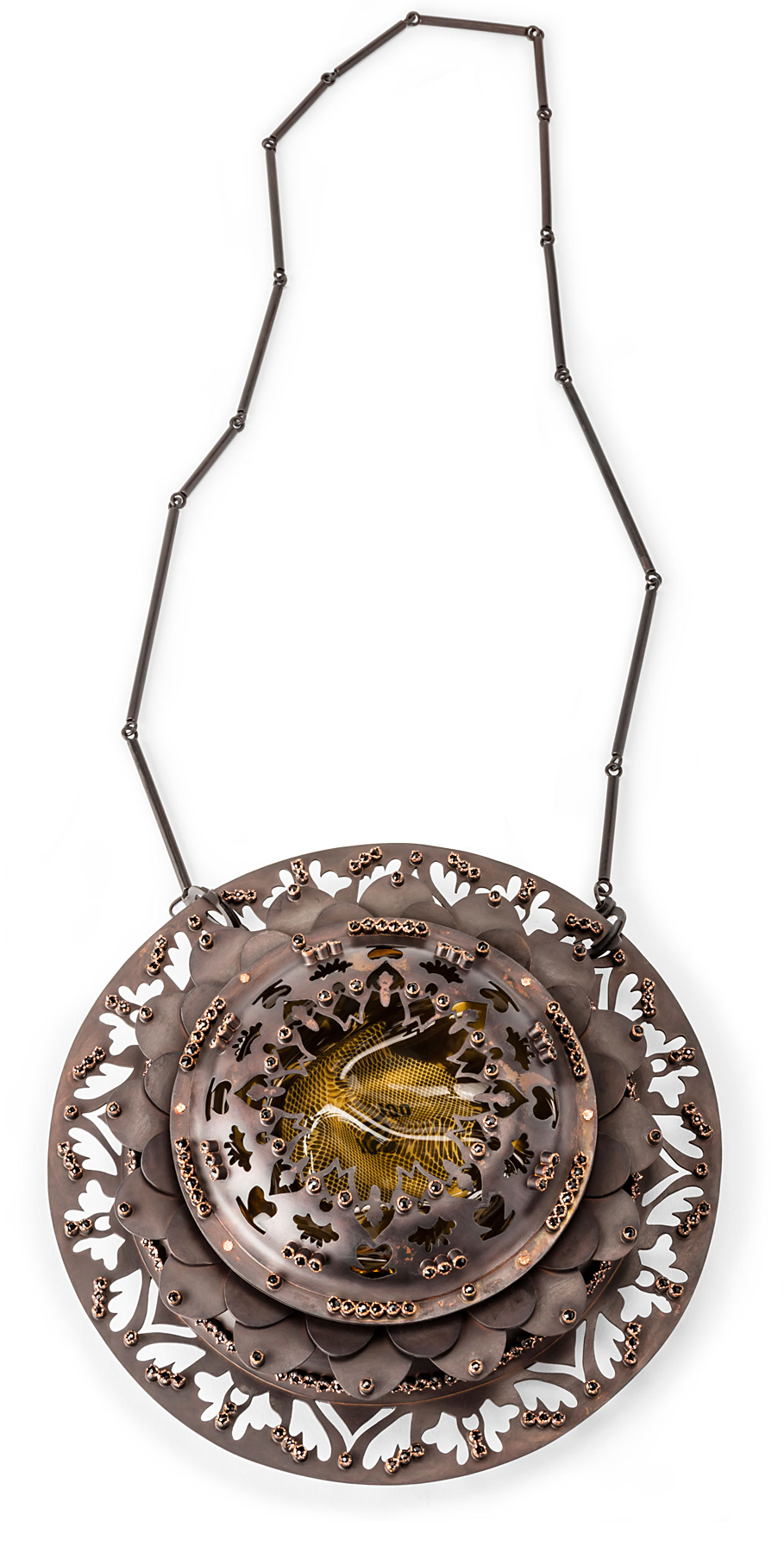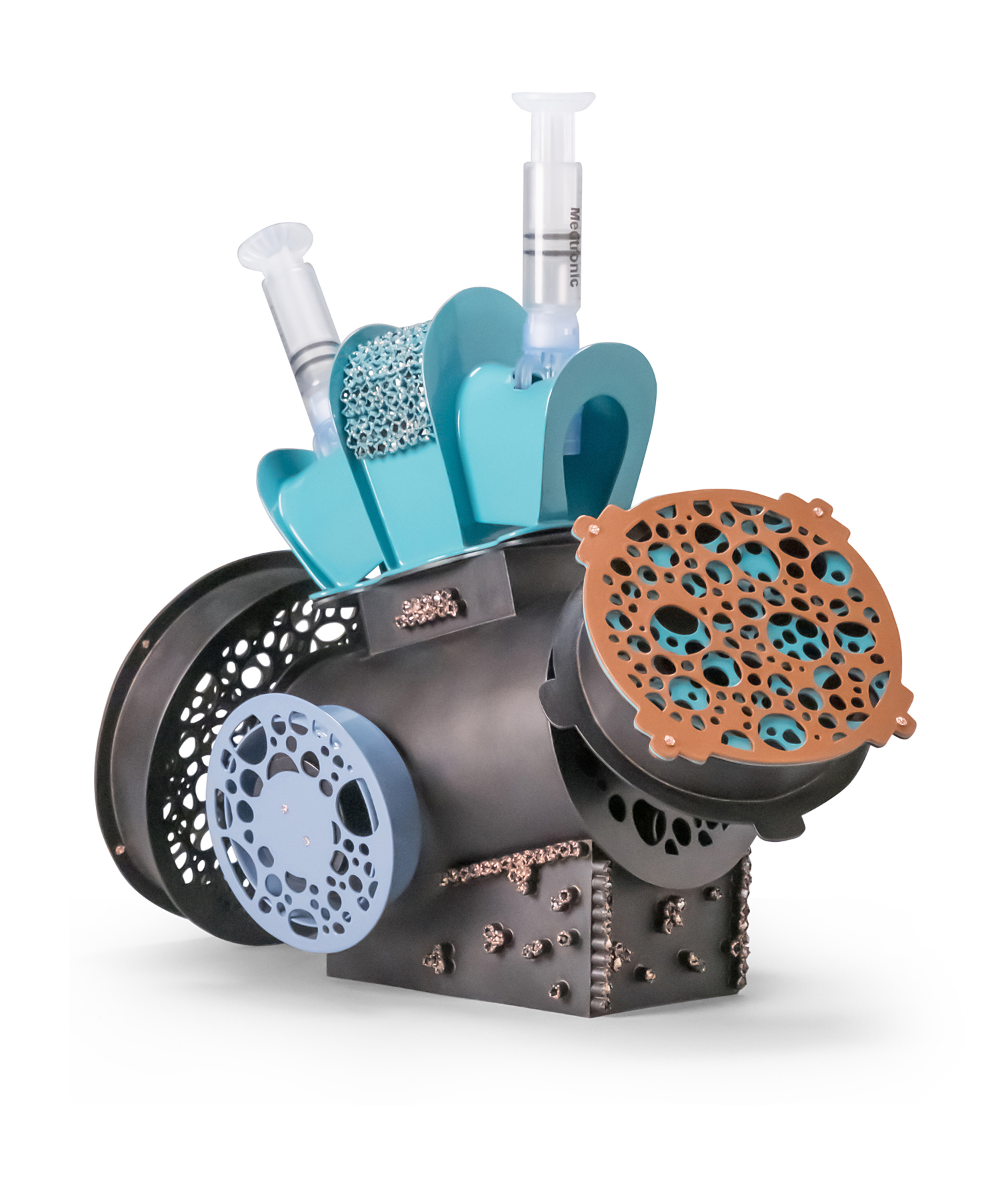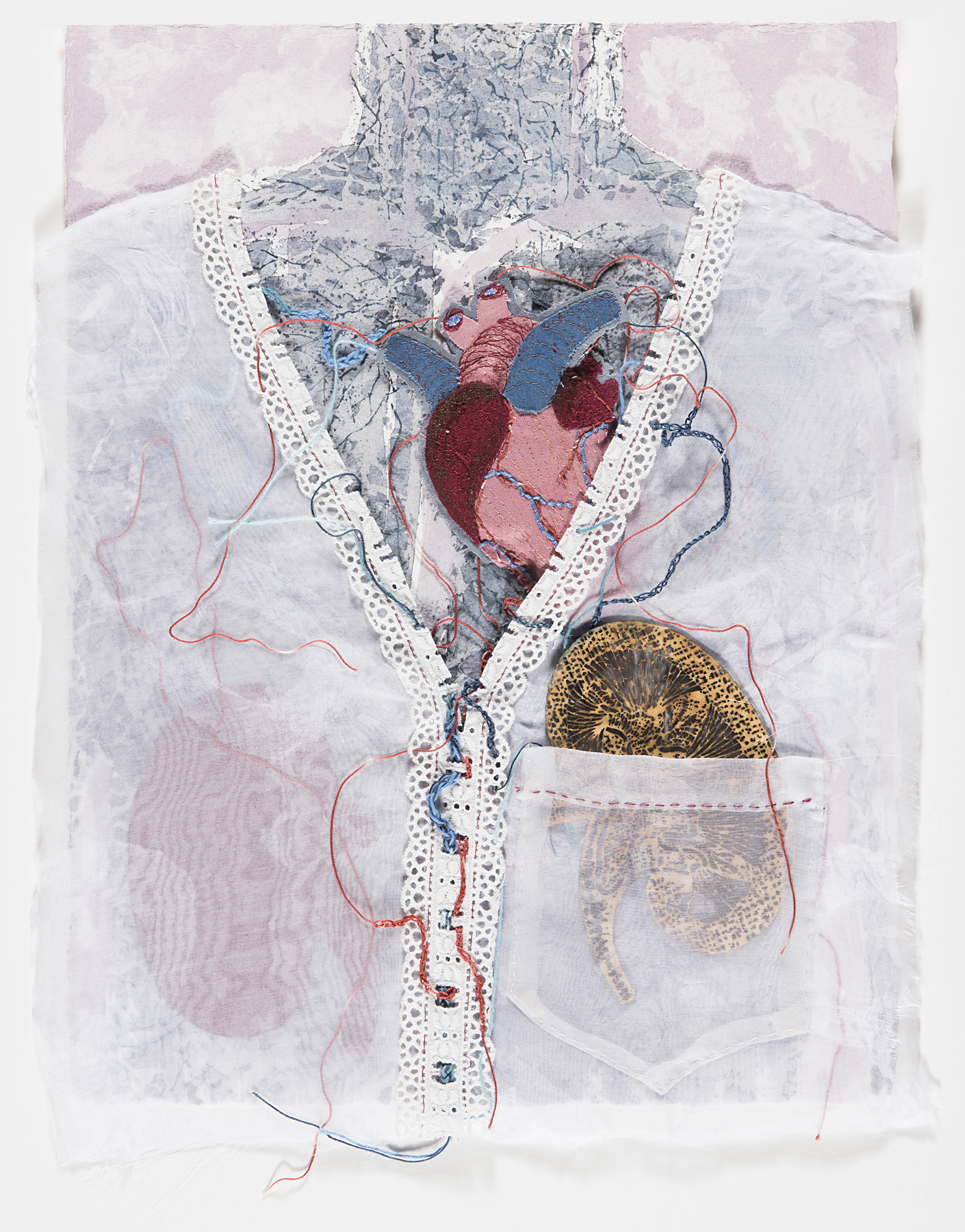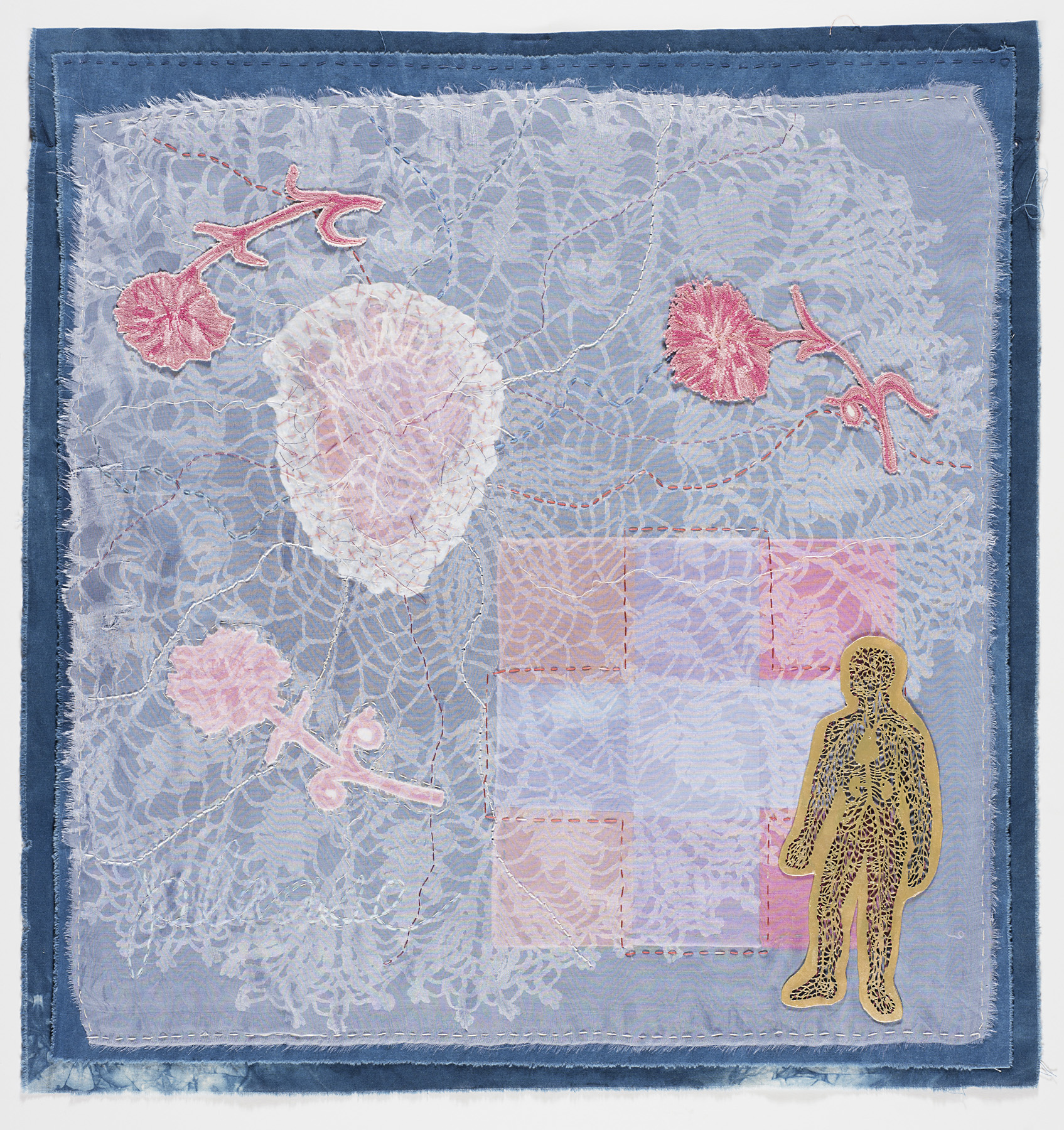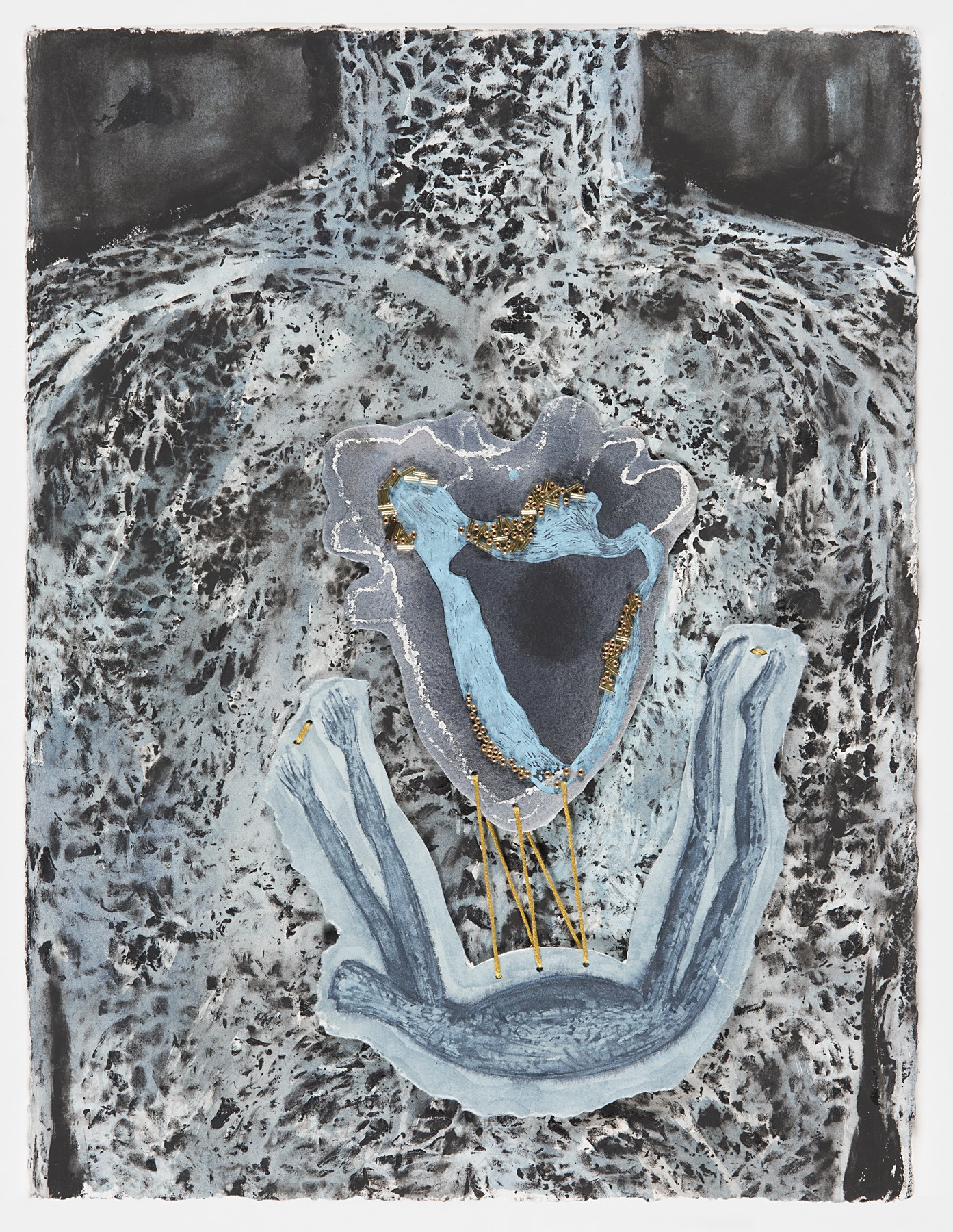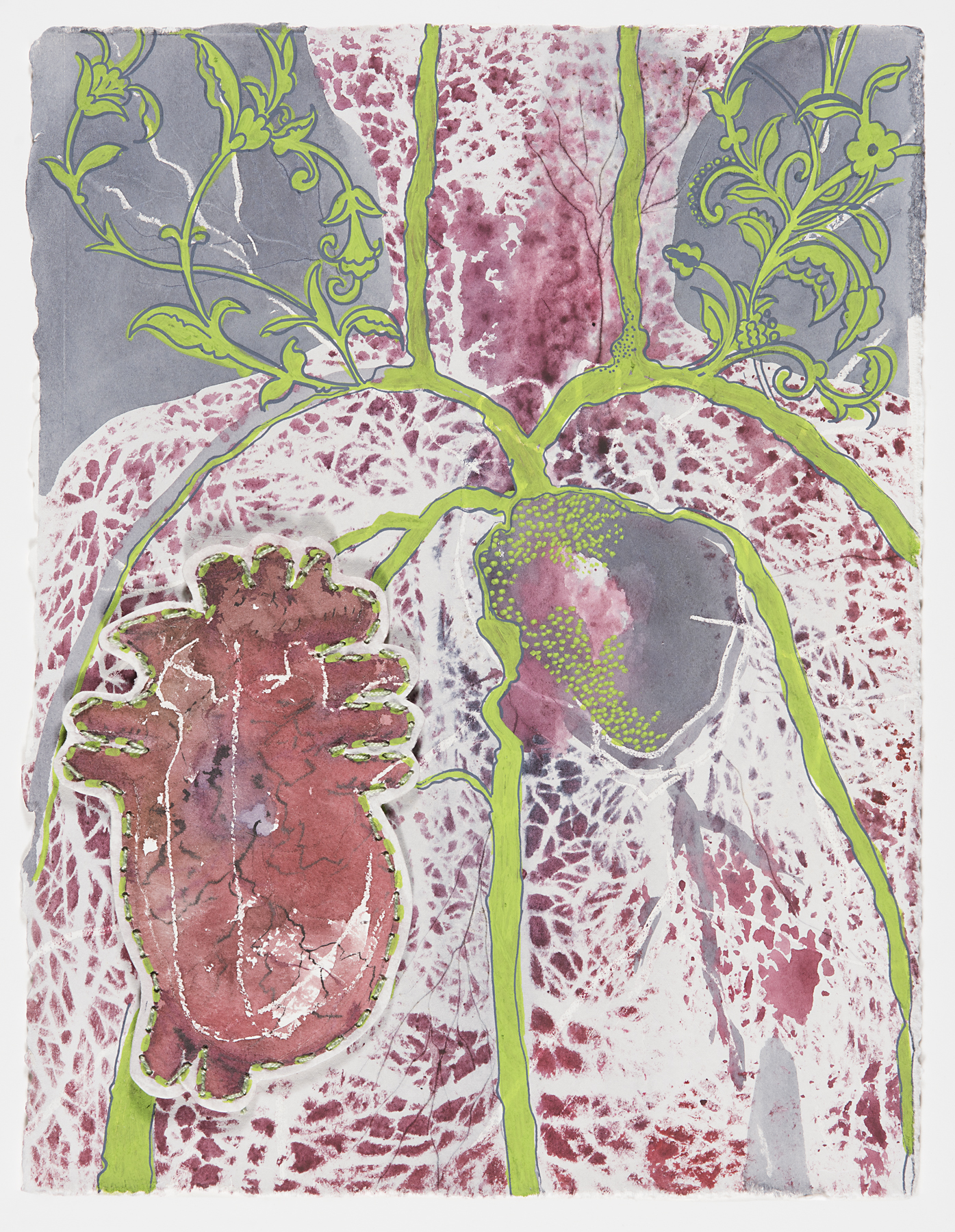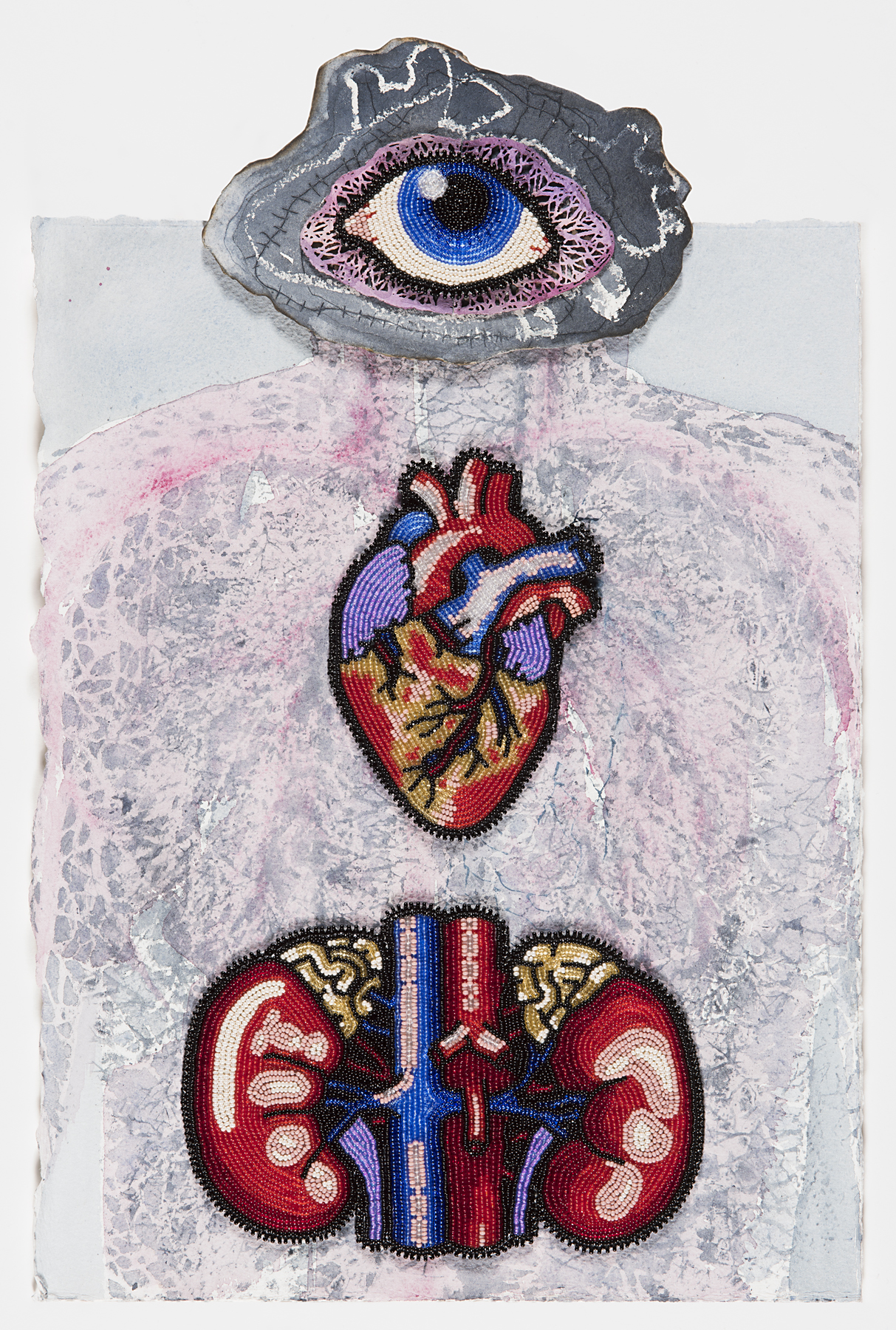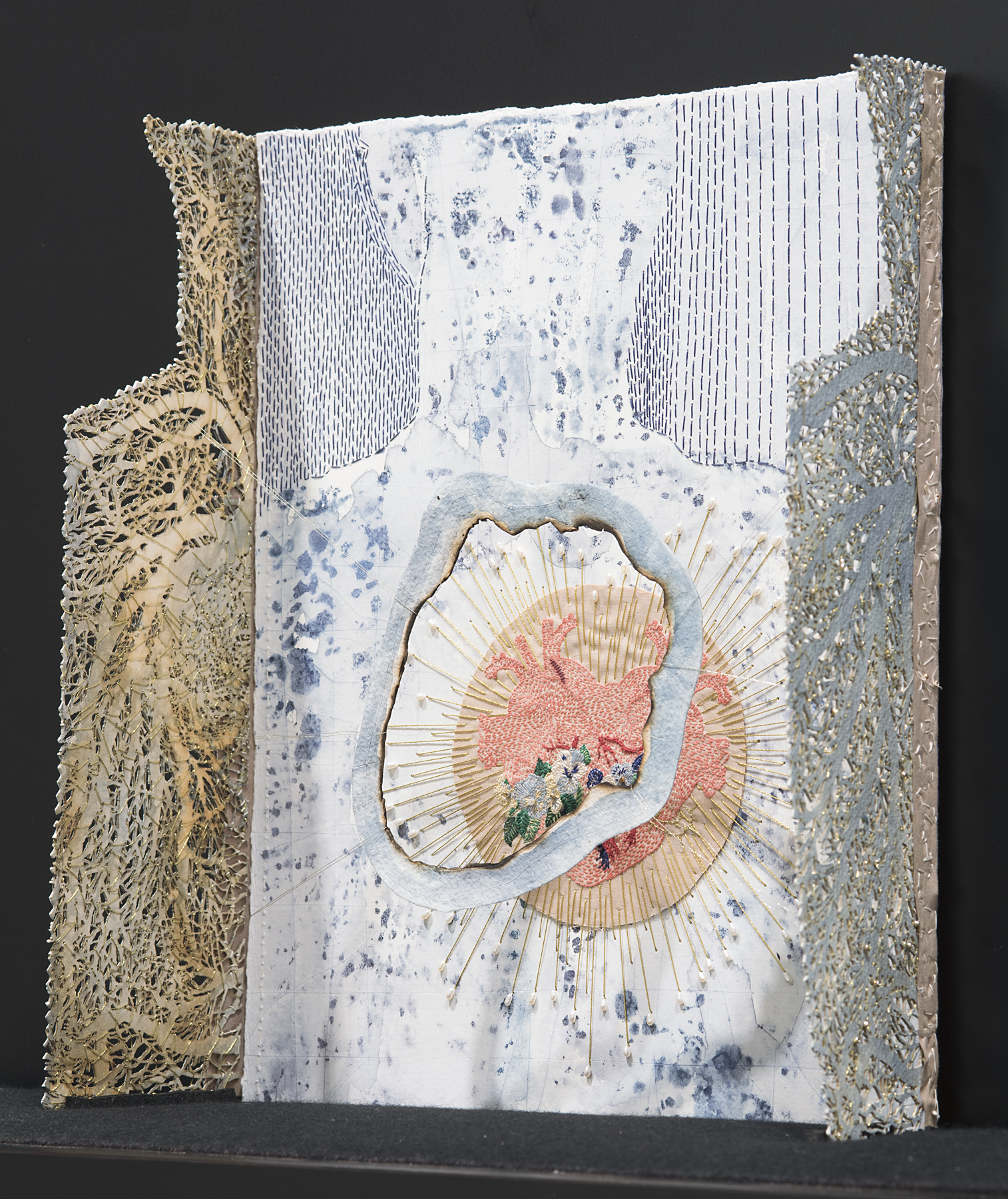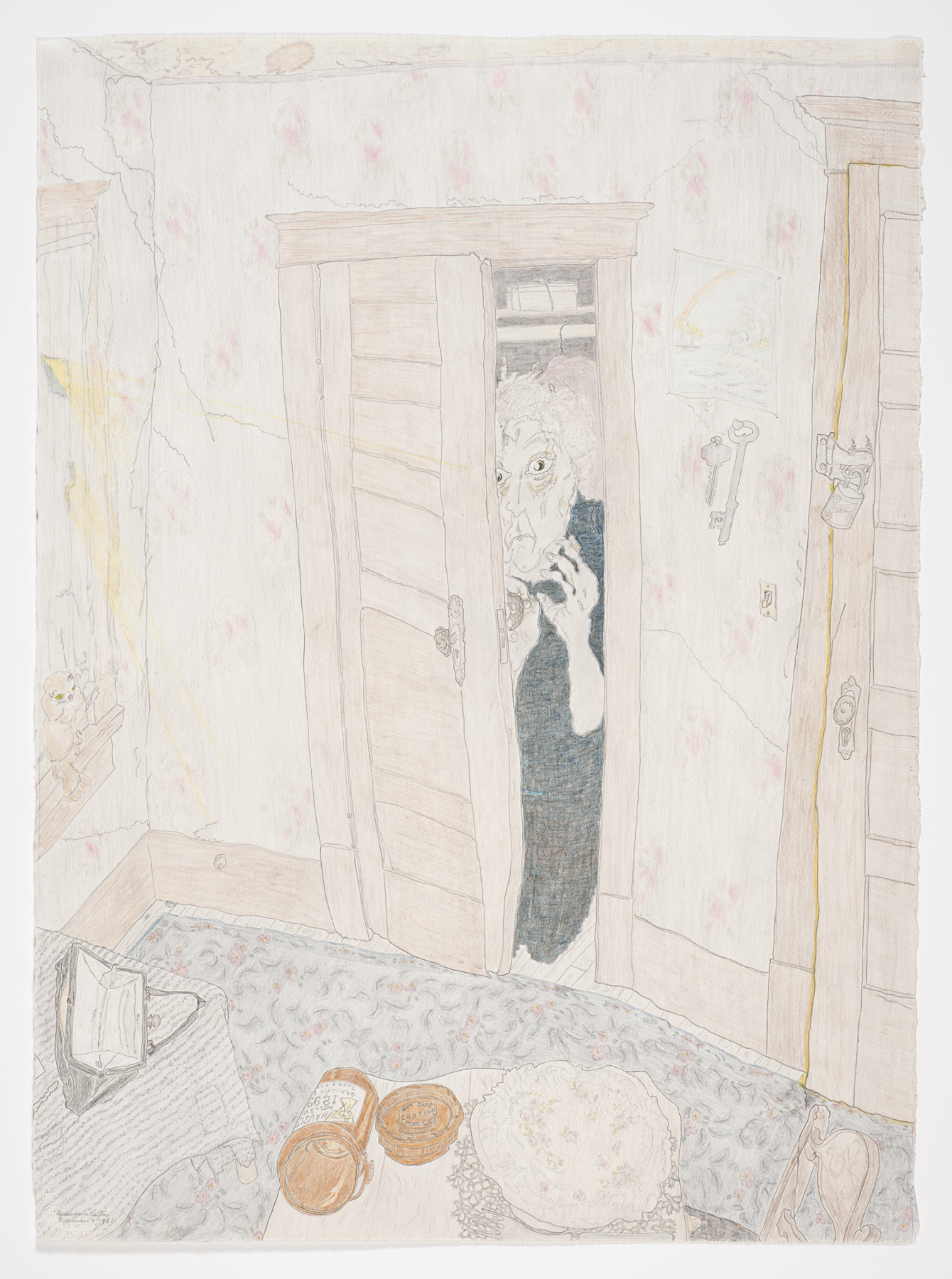KNOWING
The human body has been a source of enduring fascination and intense study for millennia, and artists have contributed significant insight and knowledge in this arena. Some of the artists represented in this section focus on the therapeutic value of art-making in alleviating and destigmatizing mental illness, while others illustrate how embodied experiences can be communicated through artistic practice. Many have engaged in sustained and meaningful collaborations with medical professionals. Their work demonstrates the creative potential artists bring to conversations about vital but contested issues in healthcare today, including vaccination, organ transplantation, and barriers to access.
These works of art raise important questions. How can techniques and tools used in Western medicine be integrated into art-making, and, conversely, how might artistic practice inform scientific thinking toward the advancement of patient care and health outcomes? What kind of medical research is currently being undertaken, and how is it made visible and accessible to the public and patients?
The human body has been a source of enduring fascination and intense study for millennia, and artists have contributed significant insight and knowledge in this arena. Some of the artists represented in this section focus on the therapeutic value of art-making in alleviating and destigmatizing mental illness, while others illustrate how embodied experiences can be communicated through artistic practice. Many have engaged in sustained and meaningful collaborations with medical professionals. Their work demonstrates the creative potential artists bring to conversations about vital but contested issues in healthcare today, including vaccination, organ transplantation, and barriers to access.
These works of art raise important questions. How can techniques and tools used in Western medicine be integrated into art-making, and, conversely, how might artistic practice inform scientific thinking toward the advancement of patient care and health outcomes? What kind of medical research is currently being undertaken, and how is it made visible and accessible to the public and patients?

